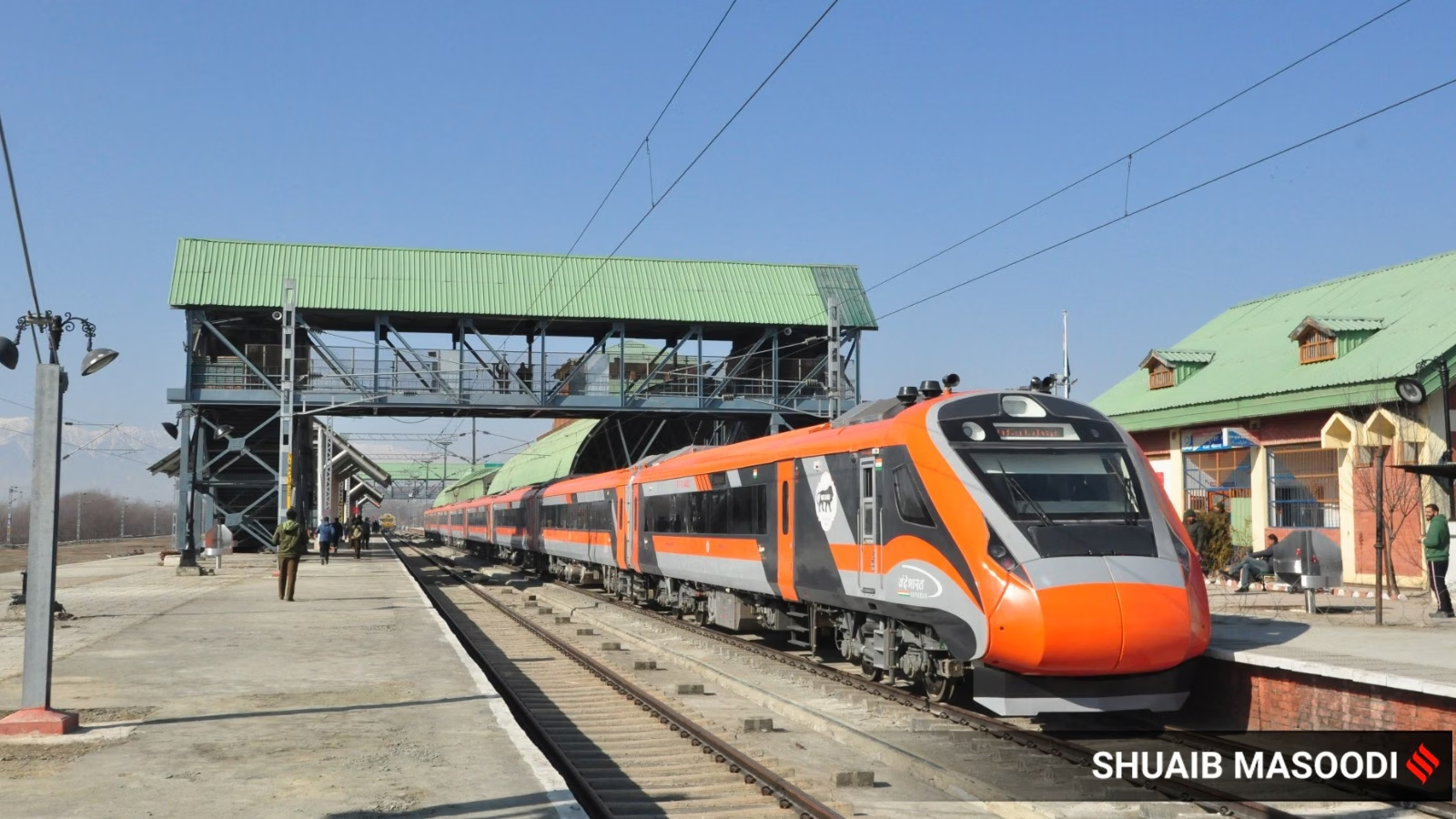 |
|
The successful completion of the Vande Bharat Express's trial run to Srinagar marks a significant milestone in India's infrastructure development and connectivity efforts. After a three-decade-long wait, punctuated by ambitious planning and significant engineering challenges, the train reached Nowgam railway station, signaling the imminent launch of regular services. This achievement is not merely a logistical triumph; it represents a profound step towards integrating Kashmir more fully into the national fabric. The project, conceived in 1994, has been dogged by delays and hurdles, yet its perseverance underscores the commitment to connecting this strategically and culturally important region. The inauguration, expected to be overseen by Prime Minister Narendra Modi, promises a moment of national celebration and a clear testament to years of dedication.
The journey itself underscores the scale of the engineering feat. The train traversed some of the most challenging terrain in India, navigating the arduous route between Katra and Qazigund. This section involved crossing engineering marvels such as the Chenab Bridge, renowned as the world's highest rail bridge at a staggering 359 meters above the riverbed. The construction of this bridge, along with the 470-meter Anji Khad bridge (331 meters above the riverbed), exemplifies the ingenuity and determination required to overcome the geographical barriers. The successful passage of the Vande Bharat Express through these structures not only validates their engineering integrity but also underscores the feasibility of regular train operations in the future.
Beyond the immediate impact of improved connectivity, the project holds broader implications. The improved accessibility is expected to boost economic activity in Kashmir, opening new avenues for tourism, trade, and commerce. The all-weather connectivity will alleviate reliance on road transport, providing a more reliable and efficient mode of transportation, especially crucial during inclement weather conditions. This is expected to significantly enhance the quality of life for residents, providing access to essential services and opportunities that were previously limited by geographic constraints. The project’s completion will also likely contribute to a sense of national unity and integration, fostering a stronger sense of belonging among the people of Kashmir within the broader Indian context.
The Vande Bharat trains themselves are designed with the region’s specific needs in mind. Equipped with advanced heating systems to combat sub-zero winter temperatures, they demonstrate a commitment to providing reliable service irrespective of the weather. This customized approach highlights the meticulous planning that went into ensuring the success of the project. The 272-kilometer Udhampur-Srinagar railway line, declared a fully funded national project in 2002, has been divided into three legs to facilitate its phased construction and management. This strategic approach allowed for better resource allocation and the tackling of complex engineering challenges in a systematic manner. The gradual opening of different sections between 2008 and 2013 demonstrates a phased approach that allowed for lessons to be learned and improvements to be made along the way.
The successful trial run marks not just the culmination of years of effort but also a testament to India's infrastructural ambitions. It showcases a commitment to overcoming formidable geographical obstacles and delivering connectivity to even the most remote areas. The Vande Bharat's arrival in Srinagar is a symbol of progress, marking a new era of accessibility and connectivity for Kashmir. The future implications of this project extend beyond transportation, promising economic growth, social integration, and a stronger sense of national unity. This landmark achievement should be celebrated as a symbol of engineering prowess and a commitment to improving the lives of the people of Kashmir.
Source: Decades-long wait nears end: Vande Bharat train reaches Srinagar for first time in trial run
